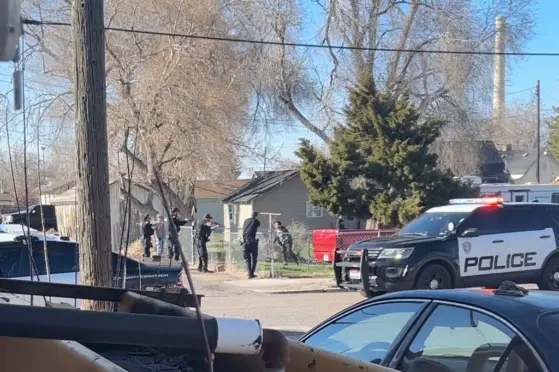Washington Per Se Marijuana DUIDs Increased by Seven Percent in 2014
One of the frustrating aspects of the legalization of marijuana in Washington State is that it came with a per se DUID provision. Anyone who tests at greater than five nanograms of active THC per milliliter of blood (>5ng/mL) is automatically guilty of driving under the influence of drugs. Last year, fifty more per se DUIDs, an increase of about 7 percent, were proven by the Washington State Patrol’s toxicology lab, whose data are shown in the table below:

The problem with a 5ng/mL per se limit is that, unlike alcohol, there is no “magic number” that guarantees a person with that amount of THC in their blood is too impaired to drive. Indeed, Addy Norton, the young medical marijuana patient tested by KIRO News was found to be driving only “borderline” by a drug recognition officer when she was tested at 56ng/mL.
However, to harvest those fifty more per se DUIDs, the Washington State Patrol had to submit 802 more samples for the toxicology lab – 16 additional samples for every new per se DUID. Despite the rate of positive THC samples rising from almost 25 percent to 28 percent, the rate of those samples that were above 5ng/mL declined from 53 percent to 44 percent.
In other words, the only reason fifty more people got per se DUIDs in Washington State in 2014 is because cops increased their overall DUI patrolling by almost 15 percent. In the prior two years, the increase was only 3 percent. If the police had kept the same 3 percent rate of increase, there would have been 28 fewer per se DUIDs in 2014.
That’s not much comfort to one of the fifty, or for that matter, any of the 772 people who got per se DUIDs last year. However, there is a flip-side to this coin, and that’s how 343 more people in 2014 got out of a DUID because they were “under the limit”.
Before I-502’s per se standard, driving under the influence of THC was still a crime. The differences were that any amount of THC could be used to find you guilty, but the prosecutor would also have to prove that the amount caused your impairment. Thus, you could be charged with DUI at 2ng/mL (the threshold for accurate testing) if a cop also testified that you were driving erratically or failed a field sobriety test.
So, in 2011 and 2012 combined, there were 2,024 cases where someone accused of DUI had measurable amounts of THC in their blood. All of those people faced a DUID case where their blood test and the word of a cop meant a likely conviction.
But in 2013 and 2014 combined, of the 3,118 people with measurable THC, 1,623 of them (52 percent) could argue that they were “below the legal limit” and not a DUID at all! In a sense, we went from 2,024 almost-certain DUIDs in 2011 and 2012 to 1,494 certain DUIDs in 2013 and 2014, a decrease of 26 percent.
Now, if you believe that all people busted at >5ng/mL are all unimpaired drivers who happened to be targeted by cops for unfair punishment, then the increase of fifty more of them is an outrage. But just because >5ng/mL doesn’t prove impairment, it also doesn’t mean those people weren’t impaired. To get to the point where the trooper is drawing your blood, he must first arrest you for DUID, and that must be based on a probable cause, and that’s got to be more than just the smell of marijuana, because possession of marijuana is legal. Also, some of these drivers may have been positive for alcohol or other drugs in addition to marijuana. How many of them admitted they had been smoking marijuana recently or failed a field sobriety test? Those numbers aren’t in the Washington State Patrol’s annual report, unfortunately.
It’s still a bad standard, no matter how you slice it, but the doom prophesies against the per se standard that claimed “10,000 possession arrests per year can easily be converted into 10,000 (or more) DUI arrests” were way off the mark.






